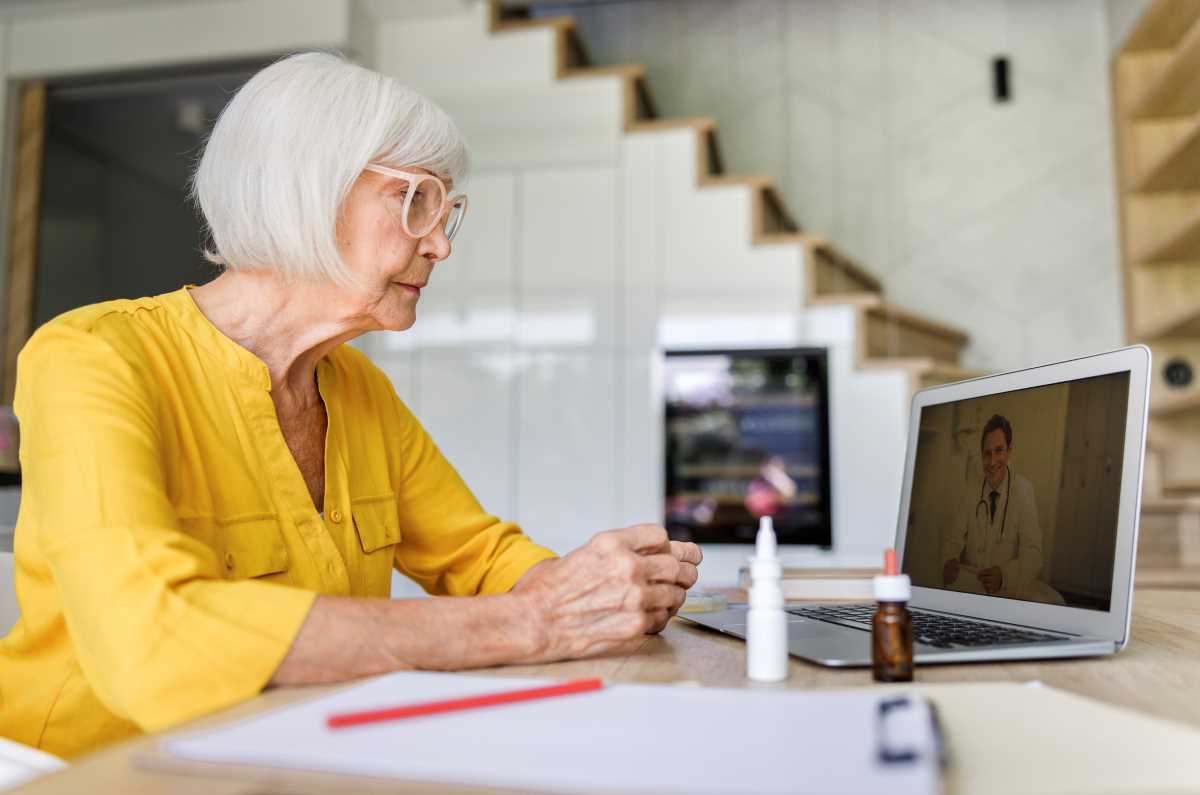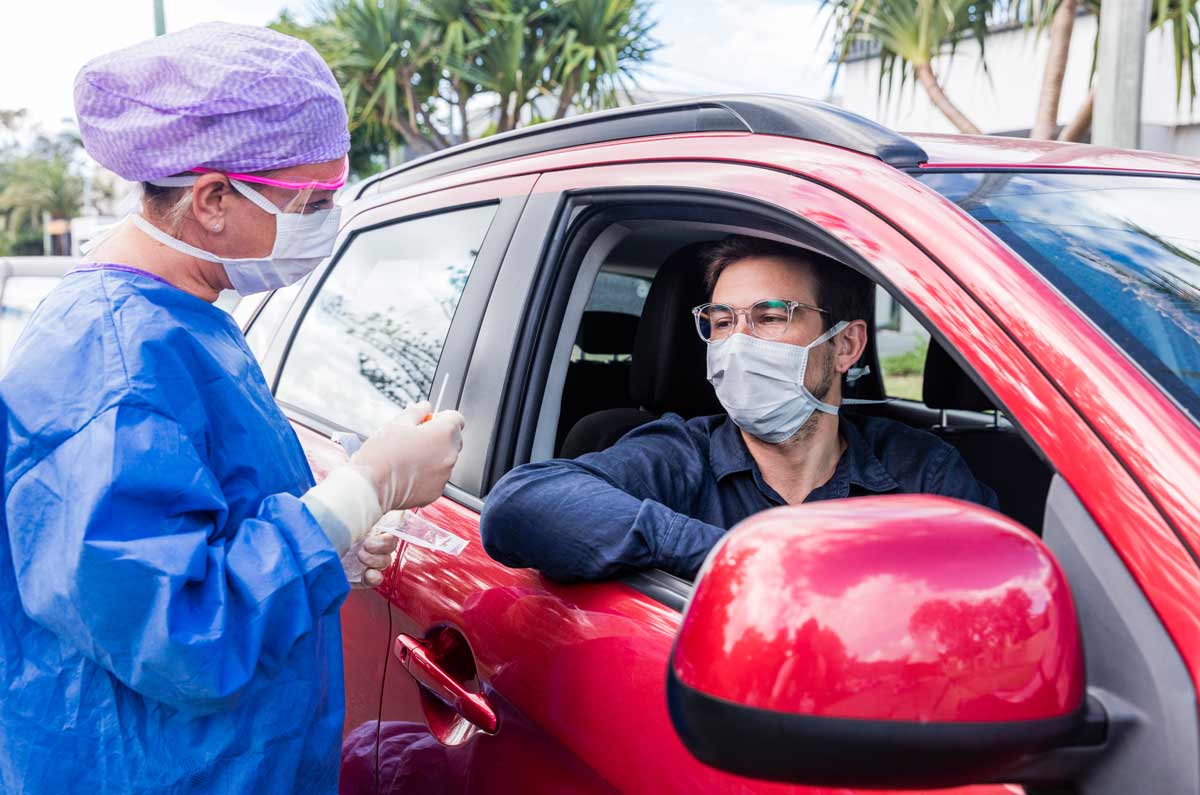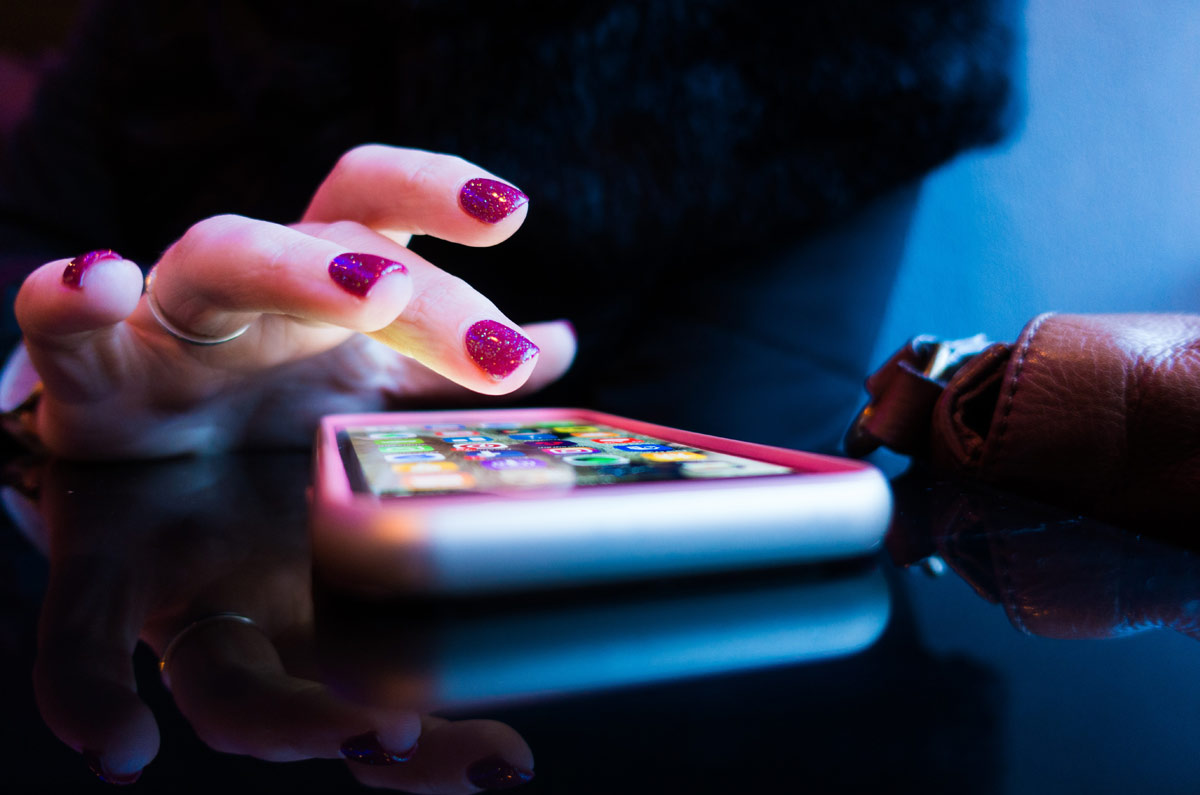In March 2020, at the beginning of the pandemic, the Federal Government made telehealth available for all Australians. This enabled us to access our general practitioner (GP) and other healthcare providers from the comfort – and safety – of our homes.
As of 1 January 2022, many telehealth services became a permanent and ongoing part of Medicare.
Eligible patients will continue to have access to GP, specialist, nursing, mental health care, midwifery and allied health services via telehealth where the healthcare provider believes it’s appropriate.
It’s important to note that telehealth consultations will not take the place of face-to-face consultations. They’re just another option that may be convenient, and yet another example of the hybrid world we now live in 😉.
What is telehealth?
Simply put, telehealth enables you to consult with your healthcare provider over the phone or through a video platform (e.g. Zoom, Skype, FaceTime). Your healthcare provider may specify which platform you need to use.
Depending on your available technology and how comfortable you are using it, you might have a conversation over your phone with your doctor (like any other phone call), or interact face-to-face via the video platform.
If you’re only comfortable talking on your phone, that’s ok. You don’t have to download apps and learn how to use them, especially if this makes you anxious. You can choose to see your healthcare provider in person or consult over the phone if appropriate.
But if you’re interested, video platforms are easy to use. And they allow your healthcare provider to see you and assess you visually. This obviously gives them a lot more information about you and your health. The platforms and technology just take a little practice 😊.
However, a change that did come into place in January 2022 means that for initial and complex specialist consultations, face-to-face and video services are required. Telephone consultations are only available for subsequent and minor consultations. This is because you and your specialist will have a better quality consultation face-to-face or via video than you could over the phone. This is essential for your first consultation or if your situation is complex and can’t be managed effectively and safely over the phone.
Why would I choose telehealth over face-to-face consultations?
You may choose telehealth over face-to-face consultations if you’re feeling unwell or fatigued, and going in person would make you feel worse. Or, you may not be able to take time off work to go to an appointment, but you do have a quiet space at work where you can have a private telehealth consultation during a break. Or, you may live in regional or remote parts of the country and accessing a healthcare provider via telehealth is more convenient and timely.
It’s also your only option if you have COVID and you’re self-isolating. We still need to restrict the spread of the virus.
And remember, it’s not an either/or situation. Face-to-face and telehealth consultations will continue alongside each other – with both having their merits.
What are the costs?
During the initial phase of the COVID telehealth rollout, all telehealth consultations were bulk-billed. This was to keep us at home and reduce the spread of the virus.
However, with most of the population now vaccinated and living in ‘COVID-normal’ times, you can’t assume that telehealth consultations will be bulk-billed. So when you’re making your appointment, ask if it will be bulk-billed or if you have to pay a consultation fee.
The video platforms are free to download and use.
Eligibility
As with the rules when telehealth was first introduced in 2020, you still need to have an existing relationship with your GP to meet eligibility requirements. That means you must have had a face-to-face consultation with the same GP or another practitioner at the same practice in the 12-months before a telehealth consultation.
It’s not always easy
As many of us have discovered over the last couple of years, as we’ve been working, schooling and just trying to entertain ourselves at home, there are always teething issues. The two biggest issues are technology and time.
Technology – it can make our lives easier and more entertaining, but sometimes it seems like it just makes things more complicated. Like when you’re tired, anxious, frustrated, unwell or in pain, everything, including technology, seems against you, and nothing seems to work 😑. Often this is because we find it difficult to focus or concentrate; after all, we’re tired, anxious, frustrated, unwell or in pain. Other times it may be because there’s a big demand on the system. Everyone is trying to get online for one reason or another, which may cause slower internet speeds.
Time – as with any appointment, there can be issues with time. Your healthcare provider may be running late because of tech issues, other patients have needed more time, there’s been a medical emergency, or because they’re human and have lives and families too, and things can get in the way. Or you may be running late for similar reasons. We all need to be patient and give people a little leeway as we navigate this new ‘normal’ we find ourselves in.
But we can make it easier
We’ve identified these potential issues not to freak you out but to prepare you. Honestly, they may not happen at all. But there are things you can do to prepare for your telehealth consultation that will make things easier for everyone.
Be patient – if your doctor is running late, if your internet is slow, if your appointment is rescheduled due to an emergency, be patient. This can be hard to do when you’re unwell or in pain. But becoming impatient won’t change the situation and will only make you feel worse – physically and emotionally. Make a cuppa, read a book, do a crossword puzzle, talk with your partner/cat/dog/kids – distract yourself while you wait.
However, if you have chest pain, difficulty breathing, or a medical emergency, call 000 immediately. Don’t wait for your telehealth appointment.
Be prepared – before your appointment, make a list of the things you want to discuss with your doctor. Put them in order from the most important to the least. That way, you won’t finish your consultation and then kick yourself for not asking X. Also – be aware that your appointment may end earlier than you anticipate if there’s a tech issue or an emergency. So lead with your most pressing questions or concerns, and if you have time, follow with the less important ones.
Be kind – Our healthcare providers are doing the best they can, often under stressful, trying circumstances. During this crisis, they’re our frontline, so please be kind to them. And be kind to yourself. You’re learning new technology or new ways to do things and just trying to stay sane during an insane time – recognise that you’re also doing the best you can. So hang in there.
Talk with someone who cares
Call the National MSK Help Line – our nurses are available weekdays from 9am to 5pm on 1800 263 265, or you can email helpline@msk.org.au. They can help you with info and support about musculoskeletal conditions, managing pain, treatments, accessing services, and much more.
More to explore
- Medicare telehealth services – Consumer information
Australian Government - Telehealth
Australian Digital Health Agency


















